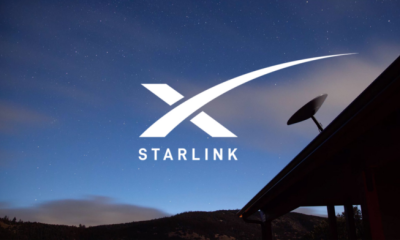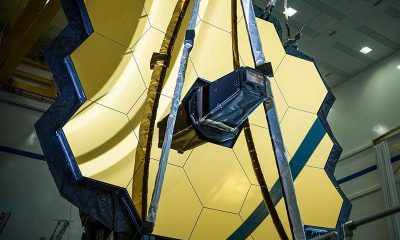News
Falcon Heavy to launch the Roman Space Telescope
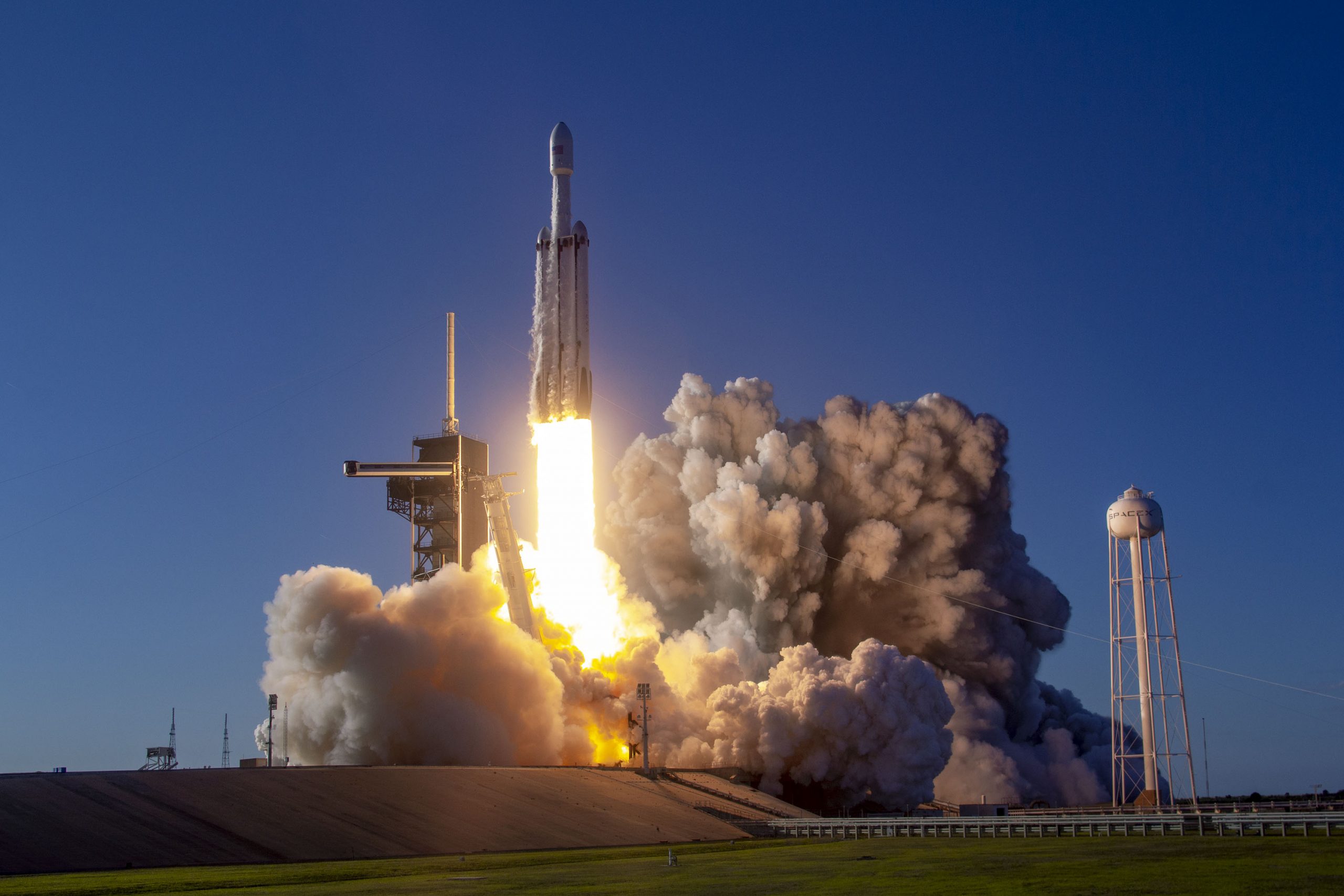
NASA has selected Falcon Heavy to launch the Roman Space Telescope, which is designed to study dark energy and dark matter, search for and image exoplanets, and more. Liftoff is targeted for no earlier than October 2026 from Launch Complex 39A in Florida as announced by SpaceX on there twitter handle.
Roman Space Telescope
The Roman Space Telescope is the top-priority large space mission recommended by the 2010 Astronomy and Astrophysics Decadal Survey.
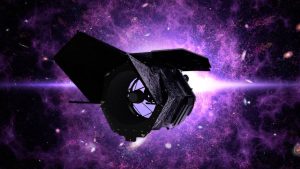
Illustration of the Nancy Grace Roman Space Telescope (NASA’s Goddard Space Flight Center)
NLS II is an indefinite-delivery/indefinite-quantity contract. The total cost for NASA to launch the Roman telescope is approximately $255 million, which includes the launch service and other mission related costs. The telescope’s mission currently is targeted to launch in October 2026, as specified in the contract, on a Falcon Heavy rocket from Launch Complex 39A at NASA’s Kennedy Space Center in Florida.
According NASA, the telescope’s science program will include dedicated investigations to tackle outstanding questions in cosmology, including the effects of dark energy and dark matter, and exoplanet exploration. Roman also includes a substantial general investigator program to enable further studies of astrophysical phenomena to advance other science goals.
Like the JWST, The telescope was previously known as the Wide Field InfraRed Survey Telescope (WFIRST), but it was later renamed in honor of Dr. Nancy Grace Roman for her extraordinary work at NASA, which paved the way for large space telescopes.
NASA’s Launch Services Program at Kennedy is responsible for launch vehicle program management of the SpaceX launch service. The Roman Space Telescope project is managed by NASA’s Goddard Space Flight Center in Greenbelt, Maryland.
Falcon Heavy
Falcon Heavy is a partially reusable heavy-lift launch vehicle that is produced by SpaceX, an American aerospace manufacturer. The rocket consists of two strap-on boosters made from Falcon 9 first stages, a center core also made from a Falcon 9 first stage, and a second stage on top. Falcon Heavy has the highest payload capacity of any currently operational launch vehicle and the third-highest capacity of any rocket ever to reach orbit, trailing the Saturn V and Energia.
Nancy Grace Roman Space Telescope
The Nancy Grace Roman Space Telescope (shortened as Roman or the Roman Space Telescope, and formerly the Wide-Field Infrared Survey Telescope or WFIRST) is a NASA infrared space telescope currently in development and scheduled to launch by May 2027. Roman was recommended in 2010 by the United States National Research Council Decadal Survey committee as the top priority for the next decade of astronomy. On 17 February 2016, WFIRST was approved for development and launch.
The Roman Space Telescope is based on an existing 2.4 m (7.9 ft) wide field of view primary mirror and will carry two scientific instruments. The Wide-Field Instrument (WFI) is a 300.8-megapixel multi-band visible and near-infrared camera, providing a sharpness of images comparable to that achieved by the Hubble Space Telescope over a 0.28 square degree field of view, 100 times larger than imaging cameras on the Hubble. The Coronagraphic Instrument (CGI) is a high-contrast, small field of view camera and spectrometer covering visible and near-infrared wavelengths using novel starlight-suppression technology.
Human curiosity about nature has advanced technology beyond conventional imaginations and paves way to deeper understanding of our environment and space giving more consciousness of existence and general meaning to life.

-
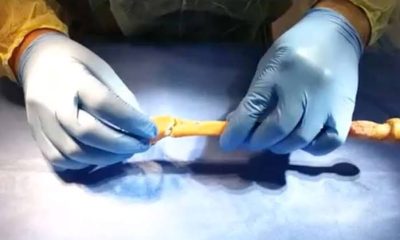
 Brands2 years ago
Brands2 years agoRevBio Tetranite Regenerative Bone Adhesive Actions and Microgravity Technology.
-

 Brands2 years ago
Brands2 years agoBMW ix5 Hydrogen; Features, Release date, Price and specs.
-

 Brands2 years ago
Brands2 years agoBMW i7 All Electric Executive Sedan Features and Price
-

 Lifestyle2 years ago
Lifestyle2 years agoJeff Bezos; Networth, Career and lifestyle
-

 Brands2 years ago
Brands2 years agoDodge Charger Daytona SRT EV Concept; Electric muscle car specs, release date and price
-

 Brands2 years ago
Brands2 years agoHydrogen Fuel Cell Electric Vehicles FCEVs; Technology and features
-
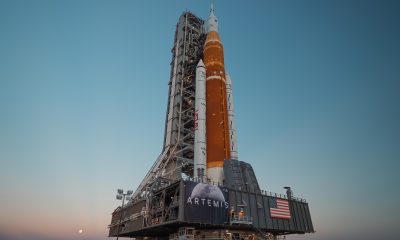
 Brands2 years ago
Brands2 years agoSpace Launch System SLS; NASA’s Artemis Mega Rocket for Deep Space Exploration
-

 Machinery2 years ago
Machinery2 years agoSmall Modular Reactors; Future of Modern Nuclear power generators


